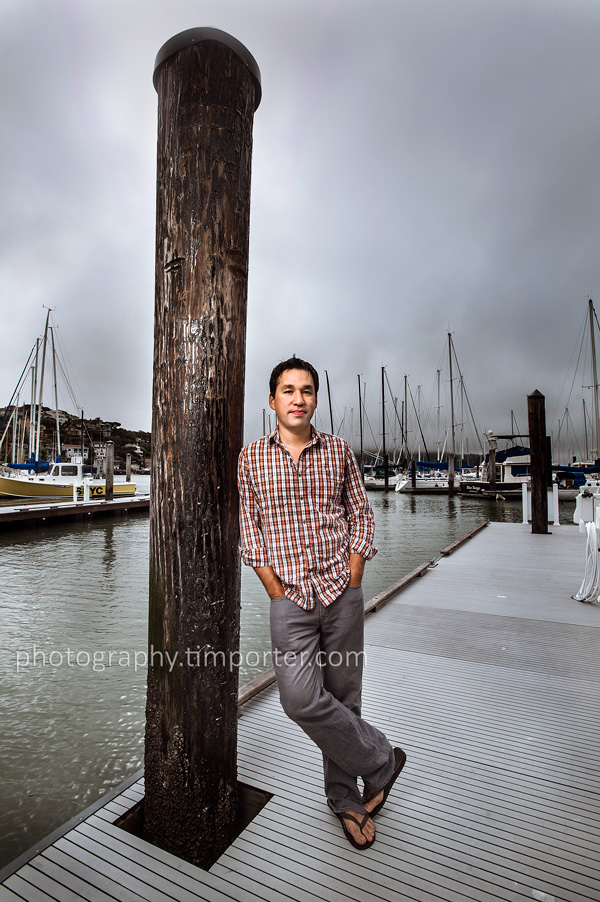
On April 14 the Low Speed Chase, a 38-foot yacht named after the infamous televised police pursuit of O.J. Simpson, set off from San Francisco Bay for the Farallones Islands, a jagged outcropping of rock 27 miles out in the Pacific, as part of the annual Full Crew Farallones Race, an and out-and-back competition known to test the skills of even the most experienced sailors.
Eight souls were aboard the Low Speed Chase. Three returned to shore alive. The death of the other five crew members — one of the worse U.S. yachting tragedies — and the confluence of massive seas and miniscule course miscalculations that led to the foundering of the Low Speed Chase is well documented. (See a video of ocean conditions at the time). What was originally missing were the personal stories of those who survived, plucked from the sea and the shoals of the Farallones to sail another day.
That gap was filled in part by Bryan Chong, one of the three survivors. The 38-year-old Tiburon father and tech company vice president first told his story to Latitude 38, the voice of the Bay Area yachting community, and later, more extensively, to writer Jennifer Woodlief, an investigative sports reporter, author and former Sports Illustrated scribe.
Woodlief, who also lives in Tiburon, used Chong’s account at the heart of her 6,000-word accounting of the tragedy, which Marin Magazine published in two parts in its October and November 2012 issues. (Part 1, Part 2).
I acted as photo editor on the story, getting shots made by San Francisco Chronicle photographer Brant Ward from Polaris, by the U.S. Coast Guard and by Sophie Webb, a Farallones researcher who was on the island and witnessed the Coast Guard Rescue of the survivors.
I also photographed Chong on a gray, damp August morning at the San Francisco Yacht Club in Belvedere, making the photo you see here. Woodlief, who was very pregnant at the time with her fourth child, wrangled a light-stand for me as we all stood on the wobbly dock.
In the 30 minutes we were together, Chong was relaxed and at ease. We didn’t talk about crash. I didn’t ask him what thoughts were in his head when he was in awash in the ocean. Woodlief did, though, and here is part of her account:
“Bryan experience the the helpless sensation of losing his breath while accidentally swallowing mouthfuls of water. He thought about giving up, he thought about his wife and baby son. … Time after time Bryan pulled himself up to safety just as waves pitched over him and hurled him backward, locking him underwater. ‘It was so steep and the waves kept hitting me,’ he says. ‘It was a constant struggle to get on the rocks.’
Read the whole story.
